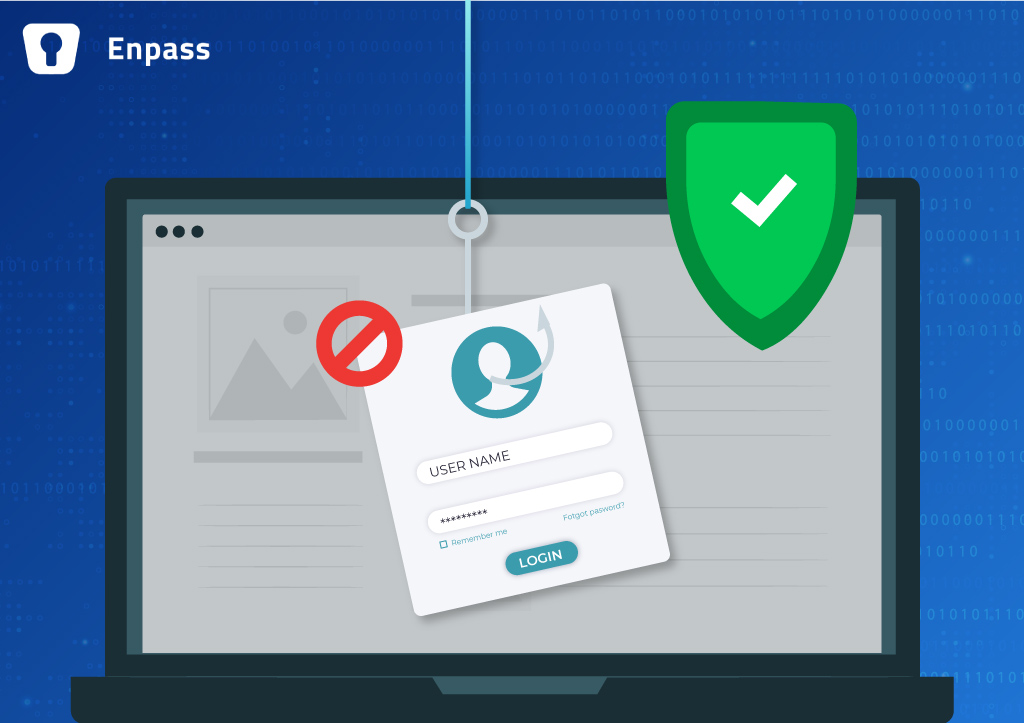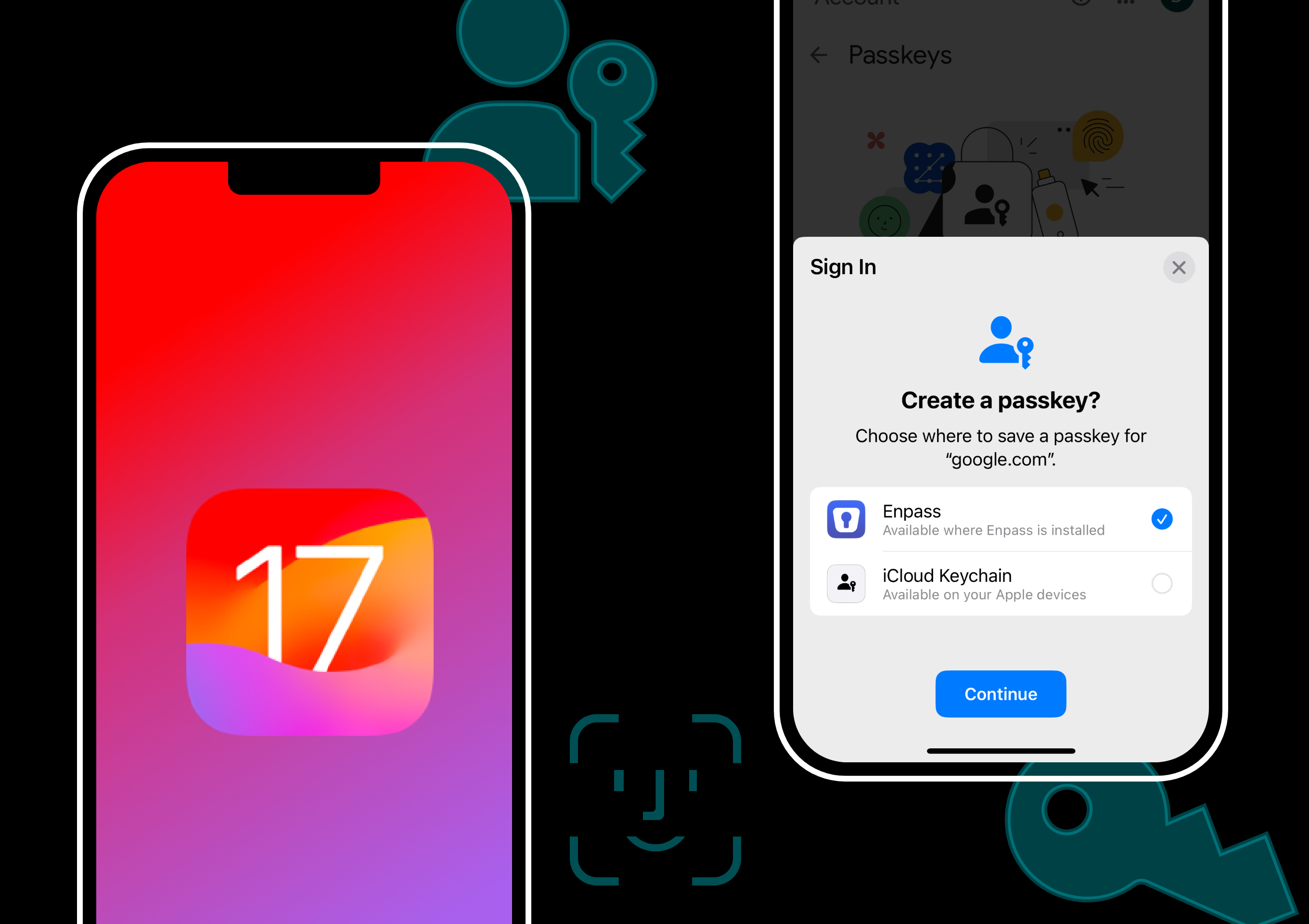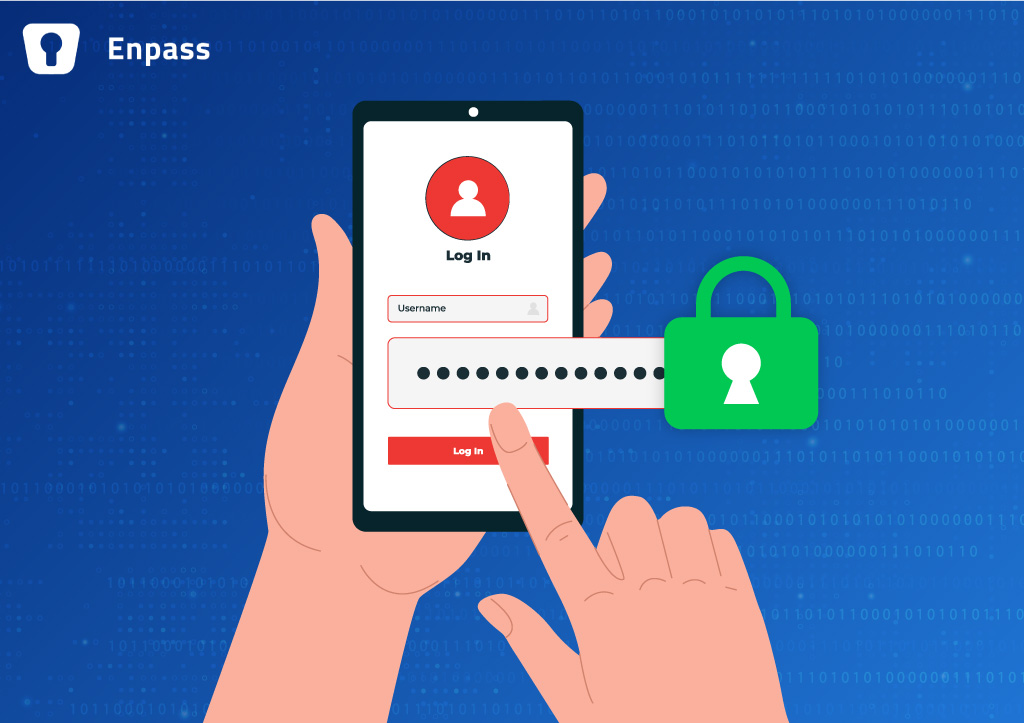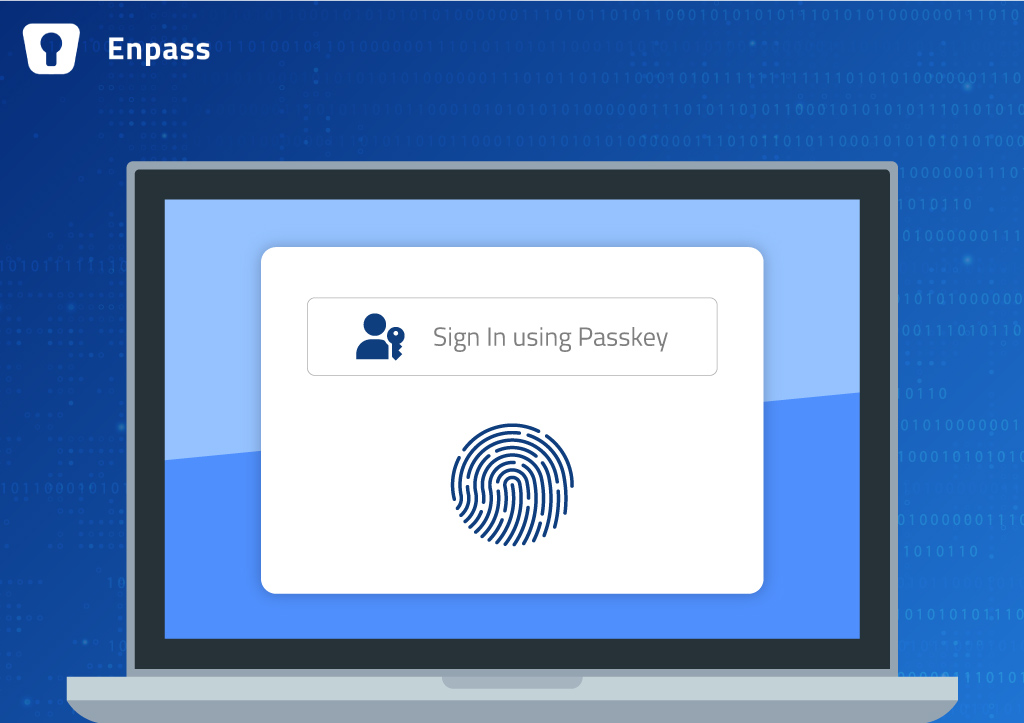Uncover the Truth About Phishing and How Password Managers Protect You From These Attacks

In today’s digital age, it’s no surprise that cyber threats and security risks are on the rise. One of the most widespread cyber attacks is phishing, a social engineering attack targeting unsuspecting users with malicious links or emails.
How does Phishing Work?
Phishing is a cyber attack that takes place by tricking people into giving out sensitive information, such as their login credentials or credit card information, by posing as a reputable entity or person or just someone they know. This is typically done through email or text messages containing a link to a fake website that looks legitimate to convince the victim to enter their sensitive information. Once the victim has entered the data, the attacker can gain access to their accounts and commit other forms of fraud.
What makes phishing attacks tricky to spot with the naked eye is that often there’s only a slight difference: in one or two letters of the fake URL vs. the legitimate one.
Types of Phishing Attacks
As mentioned, phishing attacks are typically conducted through email, text messages, and sometimes via online ads. Knowing the various types of phishing attacks and their modus operandi can help you defend yourself and your digital and monetary resources.
1. Clone Phishing
In this attack, the attackers send a legitimate-looking email or message that appears to be from a trusted source. However, it only leads the victim to a malicious website. This website is also a replica of the legitimate one. It is designed to gain trust and persuade victims to enter their login credentials and other sensitive information.
2. Spear Phishing
Spear phishing typically takes place via email. This is one of the more common types of phishing, and unlike clone phishing, this type of phishing attack mainly targets a specific individual from the organization. Even the emails appear to come from their trusted source and contain a link or attachment. As the user clicks the link, they will be routed to a malicious website that may ask for sensitive information. Once the unsuspecting user fills in the information, it is logged with the attackers in the backend, and they can now misuse it as they please.
3. Whaling
This is when attackers target high-profile individuals such as CEOs or other executives of an organization. They will often use sophisticated techniques such as spoofing emails and websites to appear legitimate. The rest of the method is the same – the individual clicks the link, enters the information/credentials, etc., and attackers gain access.
4. SMS Phishing or Smishing
This is when attackers send malicious text messages to unsuspecting victims. The messages will usually contain links to malicious websites or requests for personal information.
Monetary Impact of Phishing on Businesses Globally
According to Anti-Phishing Working Group (APWG)’s report, the second quarter of 2022 alone saw 1,097,811 total phishing attacks, and the average amount requested in wire transfers in such phishing scams was $109,467, an increase from $91,436 in Q1 2022.
However, this figure still does not include the potential long-term damage to an organization’s reputation or customer loyalty. Depending on your organization’s size, a phishing attack’s impact can significantly vary and be more damaging financially and from a brand perspective.
How Password Managers Mitigate the Threat from Phishing
A password manager is a tool that securely stores your login credentials and generates strong, unique passwords for each online account.
Password managers make it easier to keep track of your login credentials. Instead of trying to remember multiple complex passwords, you can store all of your login information in the safe environment of a password manager and easily access it with a single master password. This reduces the temptation to use simple, easy-to-remember passwords, which are more vulnerable to phishing attacks.
This has several benefits when it comes to tranquilizing the risk of phishing:
1. Prevents using the same password for multiple accounts:
Password managers prevent you from keeping the same password for multiple accounts. So, even if a hacker obtains your password via a phishing attack, they can only access one account rather than all of your accounts. This minimizes the potential damage of a successful phishing attack.
2. Identify a fake or malicious website:
A password manager’s autofill feature helps avoid phishing attacks by providing an extra layer of security. Password managers store your saved websites and the corresponding credentials in an encrypted database. Their autofill feature then uses this saved information to map the website/app you are trying to log in with the ones in the database. This functionality fills in the credentials securely and comes in handy when identifying and avoiding fake websites.
Autofill can also recognize various types of forms like credit cards, addresses, and other forms of personal information, allowing users to quickly and securely fill out forms without having to type in their details each time. This adds to their convenience and eventually becomes a healthy habit.
In turn, this reduces the chance of accidentally entering information into a malicious website. The autofill feature will not work if the link of the website you are trying to enter the credentials doesn’t match the actual URL saved in the password manager database. This alerts the user to be cautious and double-checks the website before entering personal data.
Companywide Enforcement of Password Managers: A Way Forward?
Using a password manager is an incredibly effective way to stay protected from phishing and many other kinds of credential thefts. But even if one of your employees doesn’t use a password manager, that can become a weak link in your cybersecurity and cause a breach.
Hence it is highly recommended that businesses should enforce the use of password managers across their company. A password manager is a great tool to protect your company’s data and secure access to sensitive information. Still, it can only be effective when implemented throughout the organization as a standard practice.
That said, many businesses prefer not to use a password manager to avoid compliance issues. When using a traditional password manager, sensitive data is stored in the cloud of the password manager’s service provider. For a lot of businesses / enterprises, this is against many compliance guidelines.
The solution is using an offline password manager like Enpass. With Enpass, no data ever leaves your organization and stays within the boundaries of your IT infrastructure.
Enpass is a zero-knowledge solution, meaning no information is ever sent to our servers. Your data stays with you with a 256-bit Advanced Encryption Standard. Even the encryption and decryption of this data happens locally when you log in, create new passwords, update existing passwords, add new data, etc.
For delivering the utmost security and protecting customer, partner, and supplier data, the Enpass Information Security Management System (ISMS) is even ISO/IEC 27001 certified.
But what makes Enpass user-friendly is that even though it is an offline-first solution, you can still sync your data using a cloud service of your choice. Enpass still allows you to securely sync data across your organization and your trusted cloud services such as OneDrive, Google Drive, etc.
With Enpass, you get the best of both worlds – the security and compliance-friendliness of an offline password manager and the convenience of still being able to sync data across devices using a cloud service of your choice.
Enpass is free to try. So, why don’t you see for yourself what all Enpass can do for you? Just signup and get started!


